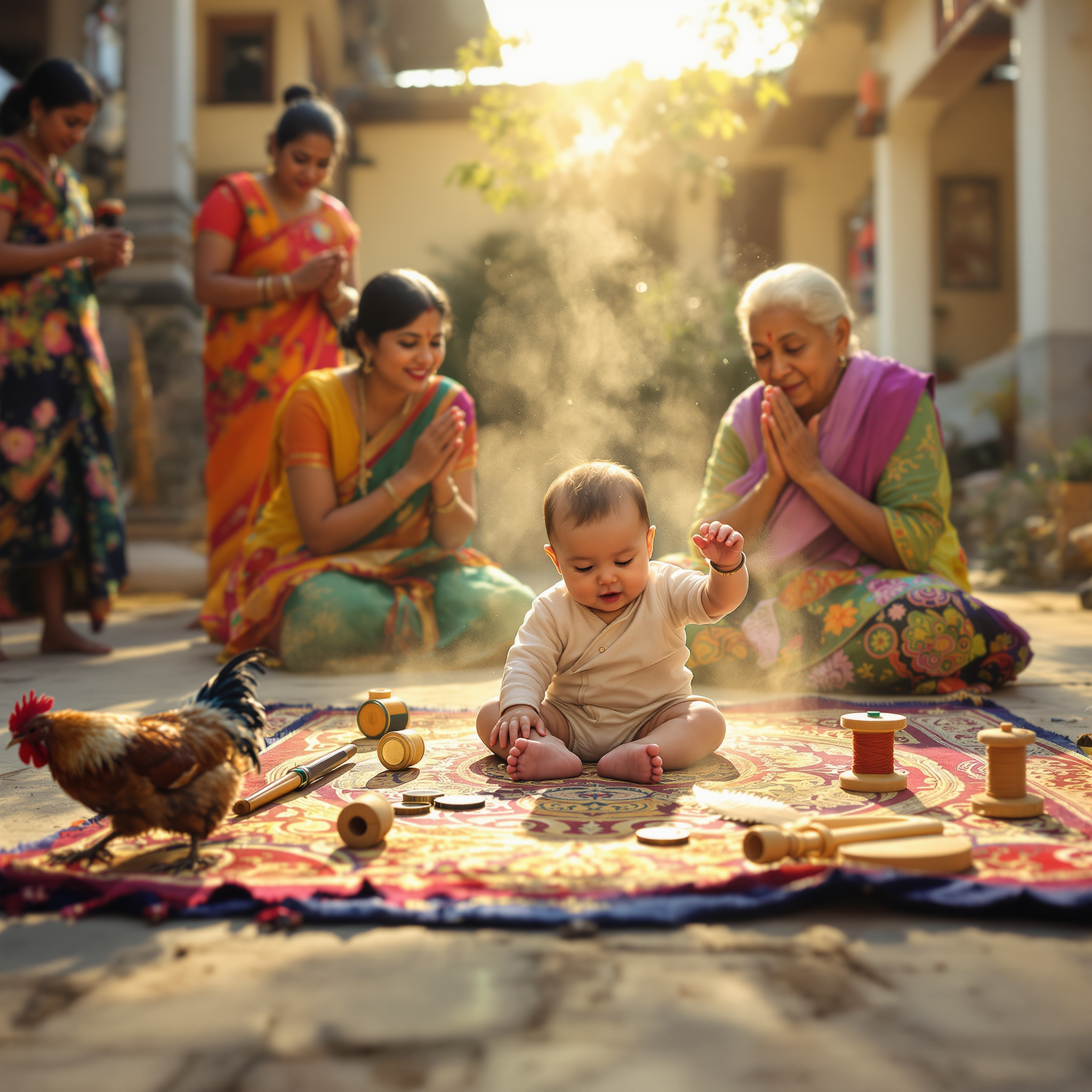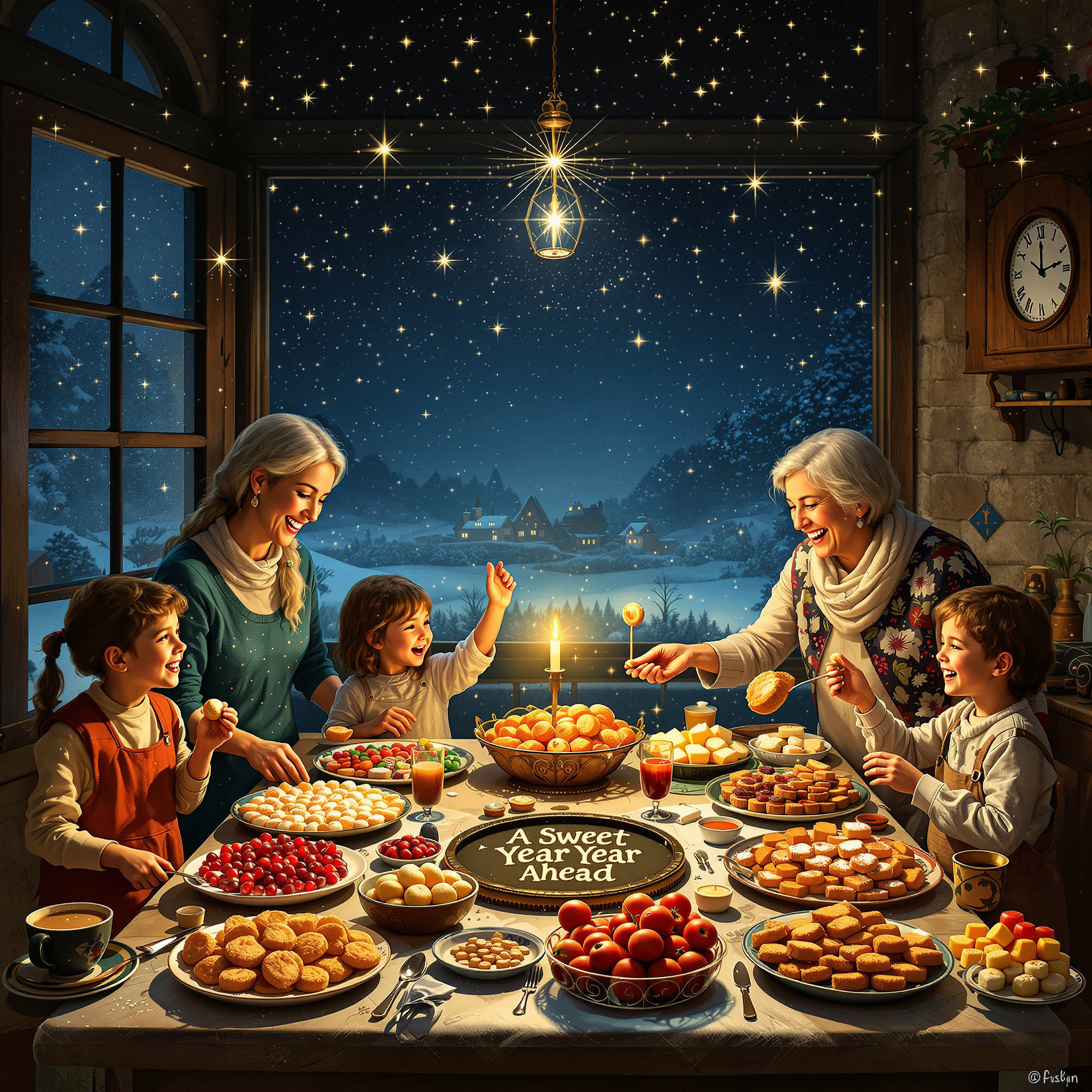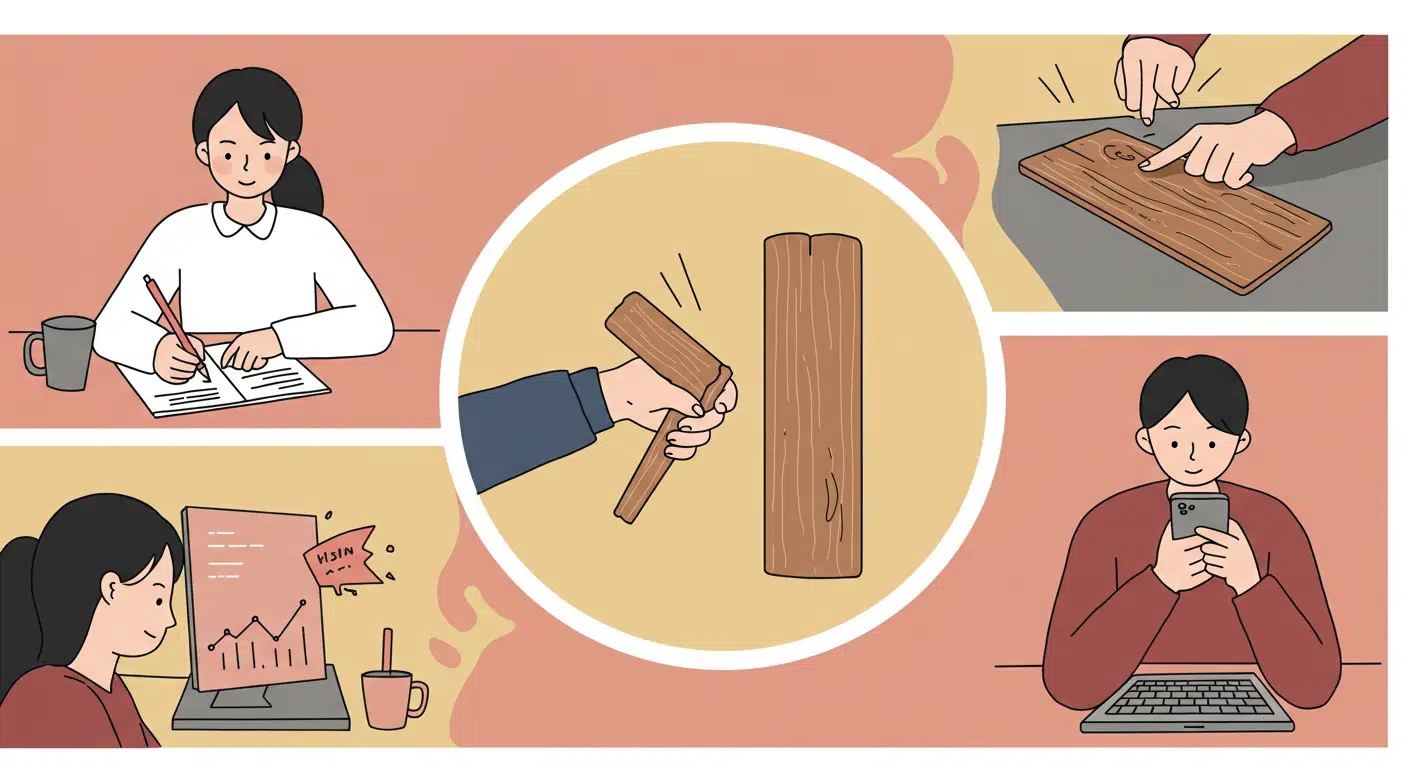This superstition involves consuming sweet foods—such as candy, cakes, pastries, or fruit-based desserts—on New Year’s Day to promote a year filled with sweetness, joy, and good fortune. The ritual may be casual or part of a larger celebratory meal shared with family and friends. Common examples include eating traditional holiday sweets like baklava in the Middle East, honey-drenched pastries in Eastern Europe, or sweet rice cakes in East Asia. The symbolism lies in the association of sweetness with pleasant experiences and the hope that these positive sensations will carry through the year.

A baby’s future career or fate is predicted by the first object they select during a ceremonial setup.
In several Asian and Eastern European cultures, a traditional ceremony is held for babies usually around their first birthday. Known


